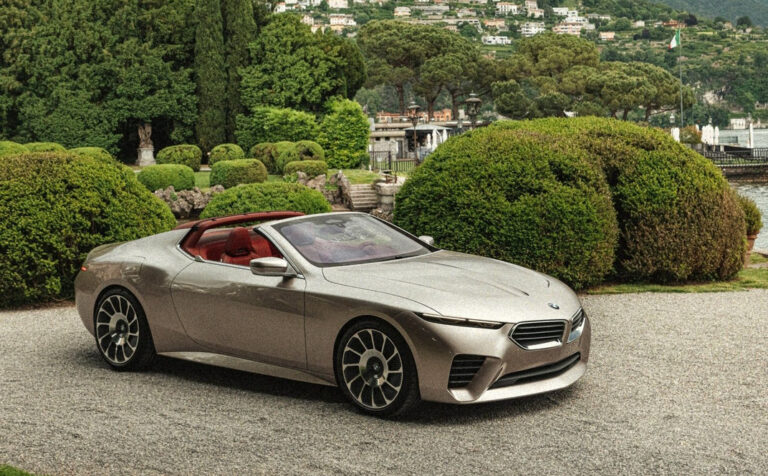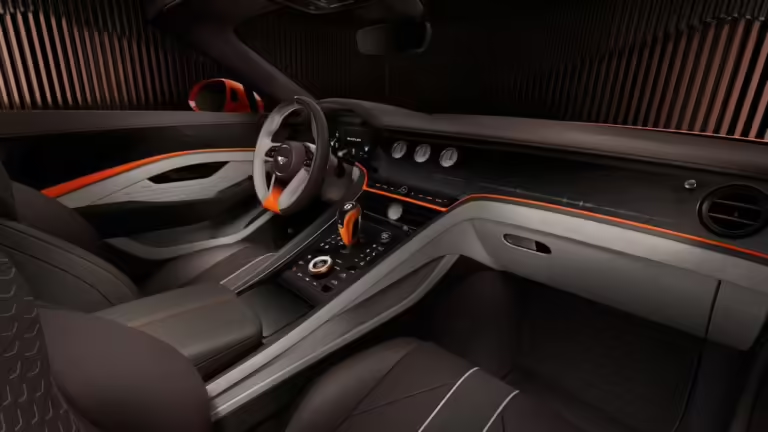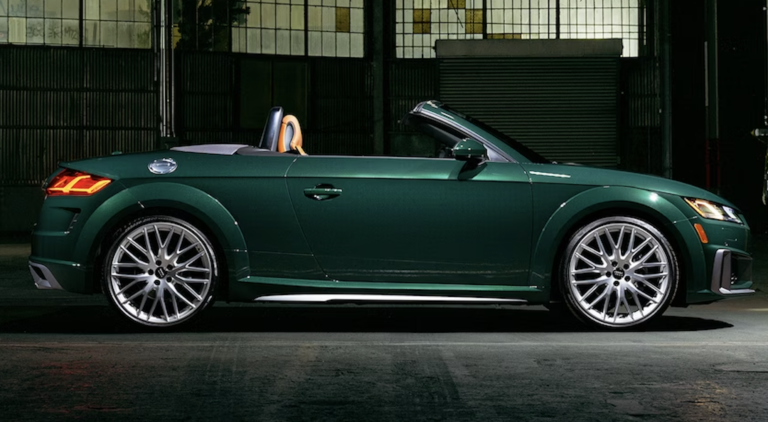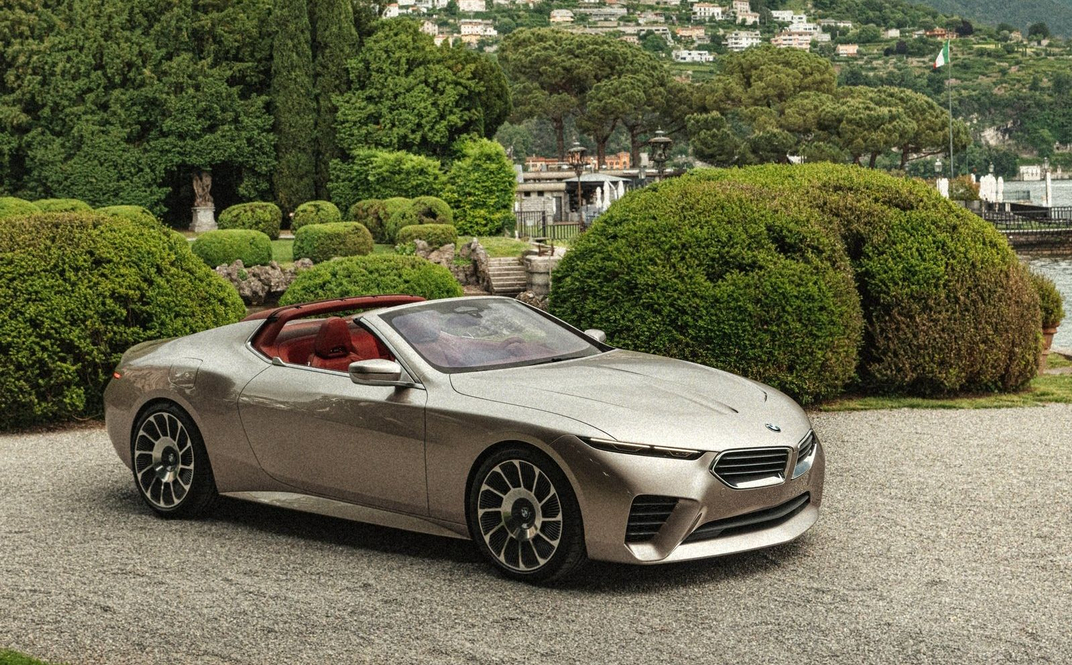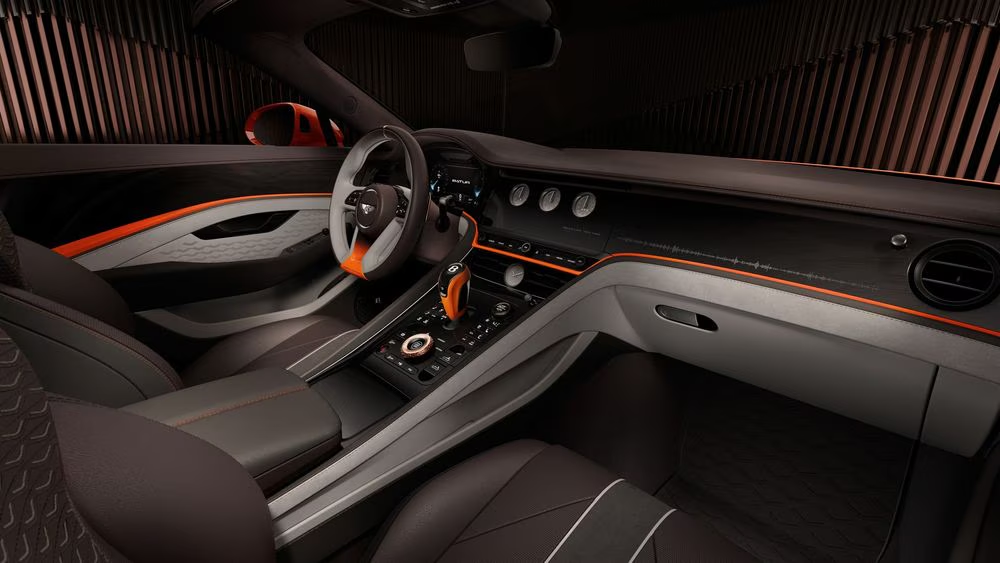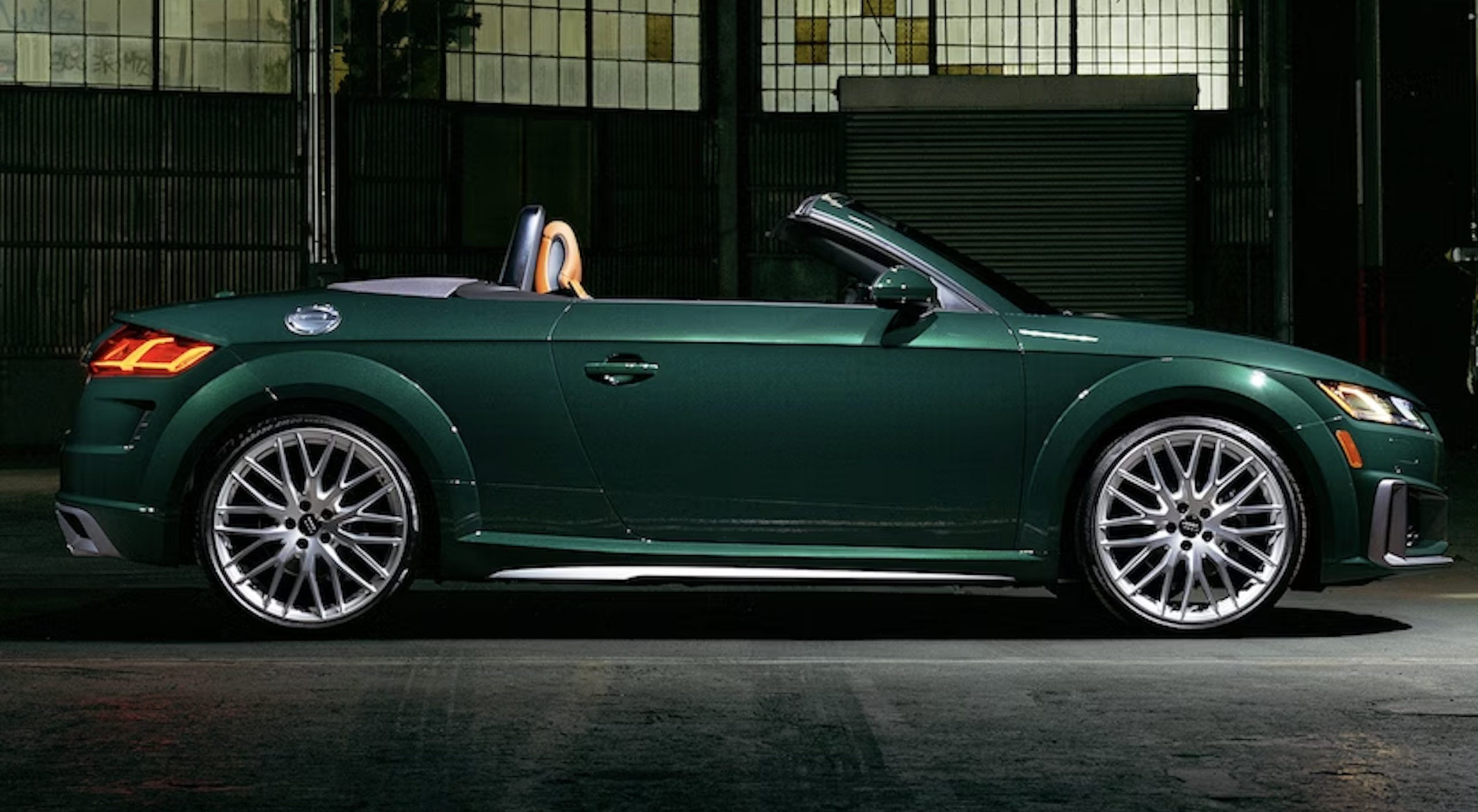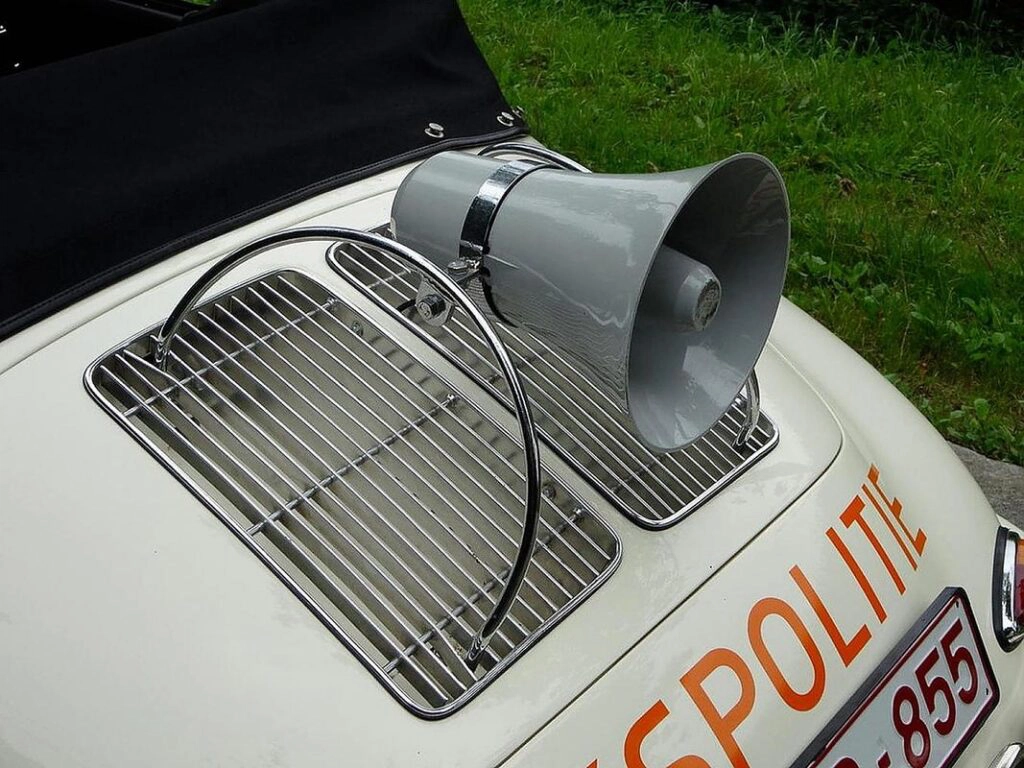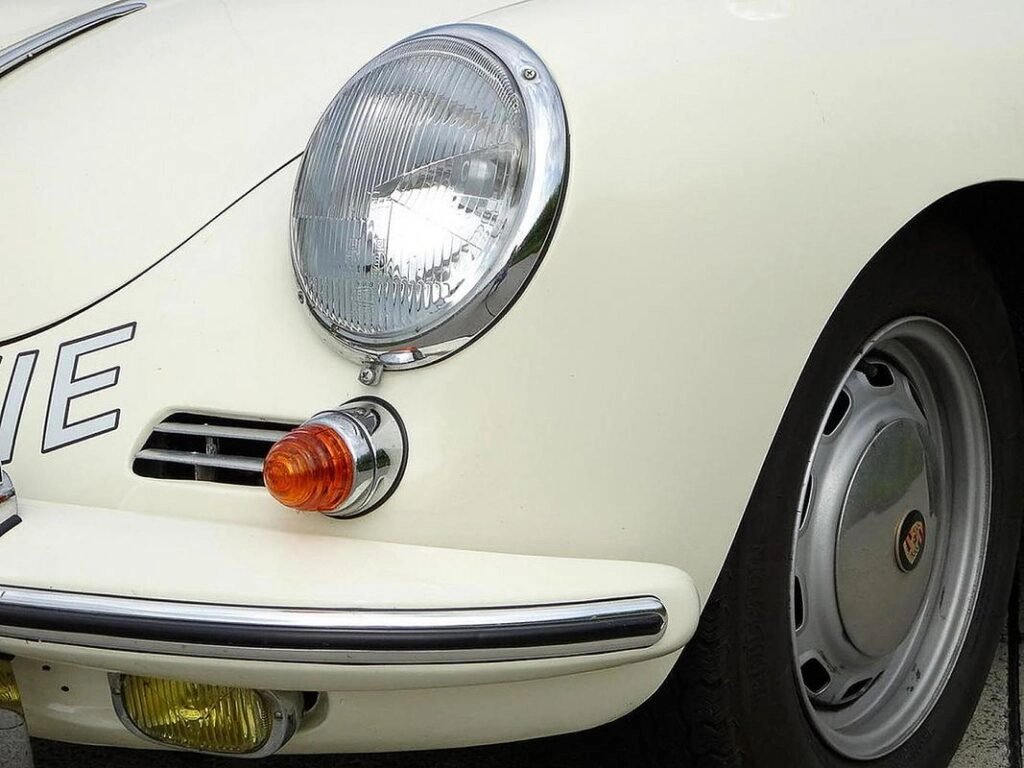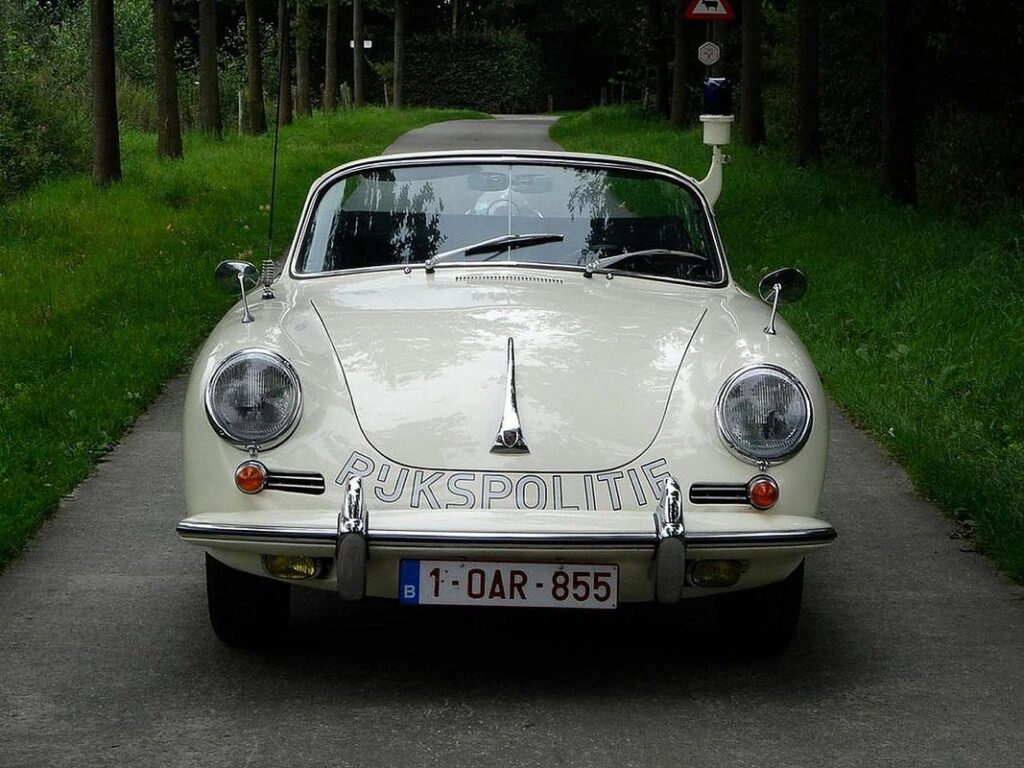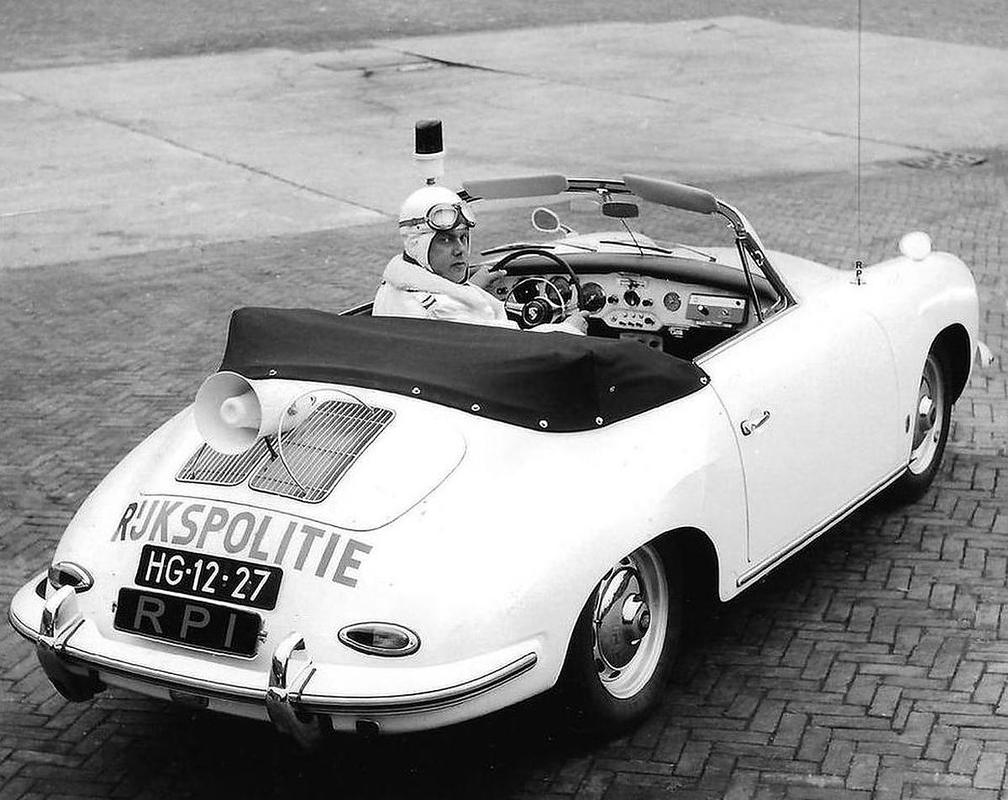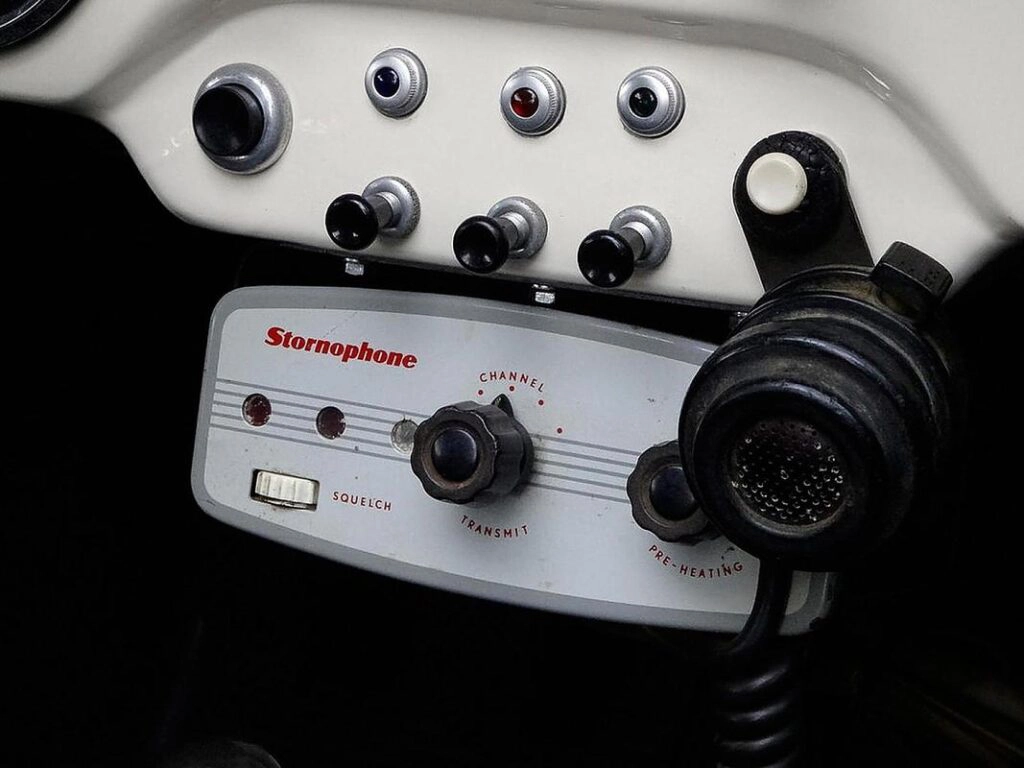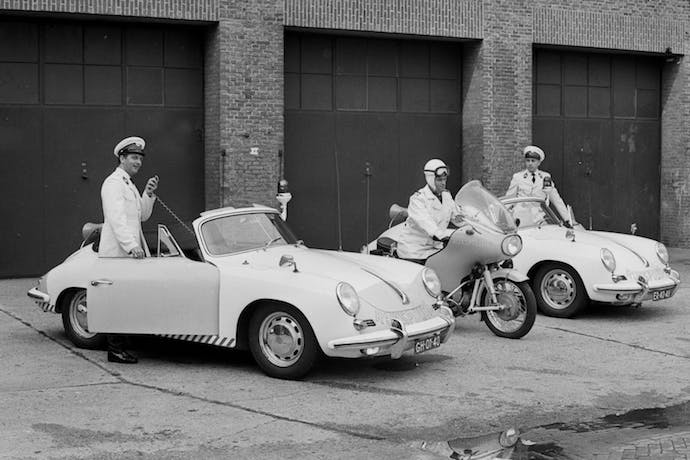Porsche in the Service of the Police. In coats and gloves, but in convertibles….

Redakcja Cabrio Magazyn
December 25, 2021r.
Similar from this category
21 June, 2024
13 November, 2023
01 November, 2023
BMW Skytop Concept. Luxury Targa in limited edition
21 June, 2024
AUDI TT FINAL EDITION or the end of a design icon
13 November, 2023
DS MANAGER. HAPPINESS AND POSITIVE VIBES WITH PARTNERS
01 November, 2023
If someone presents a new police car in Dubai at a price that exceeds the annual budget of the entire police station in the country, it is nothing special for a long time, to what we are about to tell you. A Bugatti Veyron for nearly two million euros or a Porsche 918 Spyder for 800,000 euros are nothing special out there, surprising no one and nothing to get excited about. But when cops in the Netherlands go on the hunt for gangsters in crisp “Zuffenhausen,” it’s at least worth a look – even if it was a nice few years ago.In 1996, the last Dutch traffic policeman from Rijkspolitie got out of his Porsche 964 Carrera 2 Service Porsche with the call sign Alex 82. While Germany was winning the European Football Championships in England, several Dutchmen not only lost another quarterfinal, but also an extremely attractive workplace. One of the first was sold at Bonhams auction on October 10, 2014 for 235,750 euros.
The 1962 Porsche 356 B Cabriolet is one of the first twelve Porsche service cars to be made available to the Surveillancegroep Autosnelwegen (SAS) section of the Dutch police based in Driebergen near Utrecht in 1962. The Zuffenhausen example with chassis number 156096 and engine number 811648 is one of the last three existing Rijkspolitie Porsche cars of this era. SAS received a total of 40 vehicles of this type. The two-person crew was always dressed in a white and orange helmet, white coat and white gloves – according to regulations, open-top driving should be carried out up to an outside temperature of 2 degrees Celsius. Failure to comply entailed the draconian punishment of bringing a cake.
“These men were the healthiest police officers of all. There was almost no sick leave,” says Hand Blonk, who put Porsche and the Dutch police together more than half a century ago. The job of the Porsche policemen, quickly dubbed “white mice,” was largely to ensure safety on the highway, which at the time had no speed limit. Serious accidents were the order of the day. In the early 1960s, the Netherlands recorded 1,600 fatal accidents.
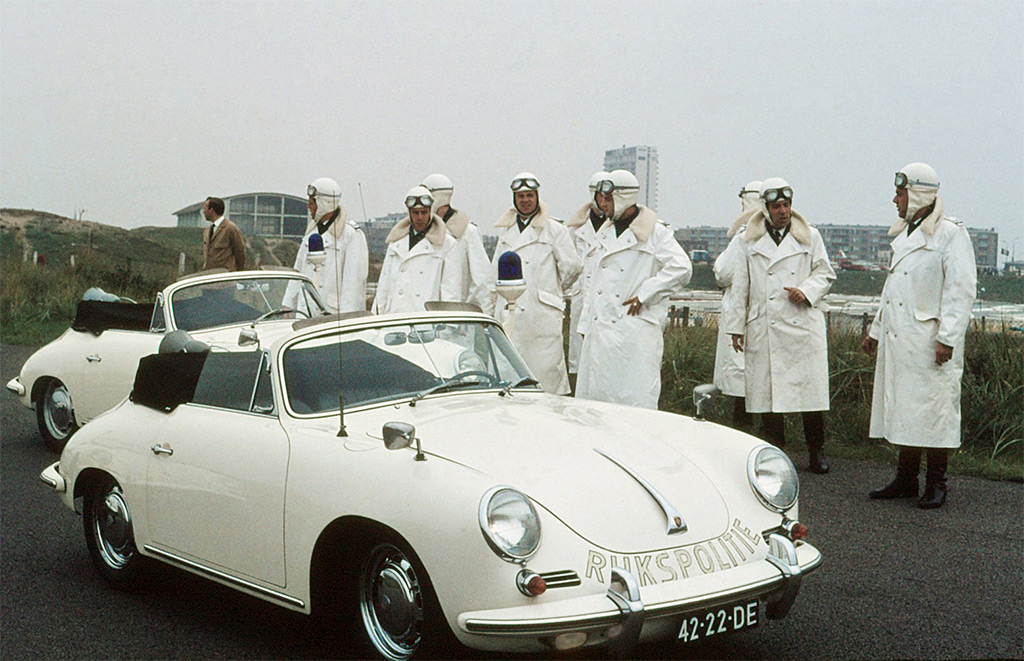
It was not without prerequisites to become part of this special unit. There’s a reason why the Dutch are getting tips from the German police in North Rhine-Westphalia on how to bring their 500 kilometers under control. In 1960, the first test Porsche, costing 17,610 guilders (equivalent to nearly 8,000 euros), patrolled the Netherlands without the knowledge of the Ministry of Justice. Other vehicles were also tried, such as the Fiat Fiat 124 Abarth Spider, Alfa Romeo Alfa Romeo 2.0 Spider or Triumph TR6 and Citroën Citroën DS Chapron Cabriolet – but Porsche was convincing.

The test was followed by an order for the first vigorous dozen, which was also approved by the highest authority.
“The Alfa Romeo used at the time regularly overheated while reversing on the highway. The air-cooled rear-engine Porsche had no problems with it.” – explains 84-year-old Blonk, who, along with eleven Dutch representatives, police picked up the four-cylinder from Germany ready for use. A special wiring harness was installed at the factory to control the siren, flashlight and turn signals, as well as a new dashboard. In addition, the glove compartment was enlarged to make room for a police radio. A stop sign was installed at the rear of the Porsche, and a blue light was installed on a special Targa bracket.
Before the white and orange German sports cars were allowed on the highway in the service of the Dutch police, an elite force had to be formed. There was no shortage of prerequisites to become part of this special unit. It is clear that good driving skills and driving experience were necessary. In addition, candidates should be in very good physical condition and at least 25 years old. To top it off, they also had to be married and preferably have children – this was expected to encourage responsible driving and eliminate unnecessary risk-taking.
Which is not to say that there were no car chases. In 1984, Formula One driver Jan Lammers joined the group of the most famous of them, in his Alpine Renault A 310. Only when he was stopped by a truck did the police manage to catch him. He did not have a driver’s license. However, in the same year the rally driver won his first major race in Group C. And no, not a Renault, but a Porsche.The auctioned vehicle, with the call sign Alex 2707, was delivered by Pons Automobielhandel on March 21, 1962, and was “operated” by two elite police officers Van Rijn and De Steen during its four years of service. The vehicles owed their call signs starting with Alex to Alexander Barracks in The Hague.
During his four years of service on Highways 2, 26, 4 and 4a, Alex drove nearly 200,000 kilometers, and in the meantime received a new engine. At the end of its career as an emergency car, its blue lights, rear-facing speaker, two interior rearview mirrors, large stop signal, radio and other police equipment were removed and it was sold as a normal Porsche 356. According to records, it can be assumed that he never left the Netherlands. A total of 40 Porsche 356 Cabriolet joined the first 911s to Driebergen in the mid-1960s. In the 1970s. The Fair had a 2.0-liter engine. They were followed in 1974 by the 2.2 and 2.4 models and the G model with a 2.7-liter engine. In 1978, the 3.0 SC, and in 1984, the 3.2 Carrera Targa with 231 horsepower went to Rijkspolitie. Six years later, a 964 Carrera 2 with a 3.6-liter engine entered the police force – initially as a Targa, later as a convertible.
Meanwhile, the Dutch special unit also drove Porsche 912, 914/4, 914/6 and 924 water-cooled models with a T-shaped roof. In total, the Rijkspolitie Porsche fleet consisted of some 507 vehicles over 34 years. Rijkspolitie remains the largest Porsche fleet owner in the history of the German sports car brand. (2016 information)
Photo. Rijkpolite
